Home
[Polskie tłumaczenie]
Konradstein [Kocborowo] (Heil- und Pflegeanstalt
Landesanstalt für psychisch Kranke)
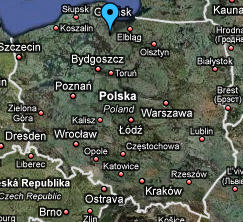
The Kinderfachabteilung in Konradstein/Kocborowo was established in
1942 at the latest (possibly as early as 1940) and continued until 1944
(Soviet liberation). Dr. Waldemar Siemens (who had the name Schimansky
until 1939) became director after Germany's invasion of Poland. The
physician reported to be responsible for the special children's ward,
located in stations/pavilions X (girls, first floor) and XI (boys), was
deputy director Dr. Hans Arnold Schmidt. Dr. Siemens is considered
missing since 1945, as his whereabouts have been unknown.
The then largest facilty for mentally ill in all of Poland, Kocborowo
was the hospital where the first killing of mentally disabled and sick
patients in Poland by Germans was carried out, on September 22, 1939,
very likely by the Wachsturmbann Eimann (see Riess 1995; 2004: 128-29;
Schenk). The SS murdered the director
and clinic
personnel and until Jan. 1940 had transported almost 1,700 patients to
the
nearby Szpegawski Forest (including 130 children brought in from
an affiliated clinic), where the SS shot them. The total
number of patients who either died there or were transported off to
their death is estimated to have been approx. 4,000. Of those, about
500-550 were children of the "Reichsausschuss" from the Gdansk/Danzig
area and
the
Reichsgebiet--a comparatively very large
number--for whom 360 hospital records with fictitious causes of death
remain extant. It is possible that the corpses of child victims were
among those sent from Kocborowo to Rudolf
Spanner, the director of the Anatomical Institute in Gdansk (Danzig),
and were used in Dr. Spanner's experimental
production of soap from human fat.
Source:
http://www.tiergartenstrasse4.org/Killing_of_Mental_Patients_in_Pomerania,119.html;
http://www.kocborowo.pl/plan_szpitala.html
The list of 360 child and youth victims, with their names and the dates
of their
births, is, given in Zdzisław Jaroszewski, ed., 1989. Pacjenci
i pracownicy szpitali psychiatrycznych w Polsce zamordowani przez
okupanta Hitlerowskiego i los tych szpitali w latach 1939-1945. Vol.
2: Imienne
wykazy zamordowanych. The
earliest death is recorded for late 1939, but the number of deaths does
not rise significantly until about August/September 1941, when 15 of
the 19 deaths of that year occured. A few deaths are recorded as late
as the end of December 1944.
Child and Youth "Euthanasia" Victims
at Kocborowo Hospital
Year
|
Deaths
|
1939
|
1
|
1940
|
7
|
1941
|
19
|
1942
|
73
|
1943
|
142
|
1944
|
108
|
Source: Author's calculations, based on Jaroszewski
1989.
Source: http://www.panoramio.com/user/1616337
The
history of events concering "euthanasia" murders were known by 1948 at
the latest, when a local physician, Dr. Tadeusz Bilikiewicz, chronicled
them. In 1949 a commemorative display was erected on the clinic
premises. It
reads "In memory of those murdered by the Nazi barbarians at the
hospital, in
prisons, and in the Szpegawski forest - 2,203 mentally ill patients and
several hundred children and hospital employees" (pamieci zamordowanych
przez barbarzyncow hitlerowskich w szpitalu w wiezieniach I w lasach
czpegawaskich 2203 psychicznie chorych kilkuset chorych dzieci i
pracownikow szpitala), followed by a list of murdered hospital
personnel. There are also memorial stones in the Szpegawski forest
itself.
Twenty years after WWII Stanisław Krzysztof Szwentner found
hospital records in the basement of the hospital, which were
subsequently used for a detailed depiction of the historical events in
Krystyna Szwentnerowa's book (1968).
Source:
http://niewiarowicz.republika.pl/small1/th_dsc00226.jpg and
http://www.panoramio.com/photo/26309604
There
is a memorial stone with a display in the nearby cemetery (Cmentarz
przy szpitalu psychiatrycznym w Kocborowie), established by the local
boy scout group. It reads: "In memory
of more than 500 child patients murdered by the Nazis during
the years 1939-1945. The Starogard scouts in the international year of
the child 1979" (pamieci ponad 500 dzieci pacjentow szpitala
zamordowanych przez hitlerowcow w latach 1939-1945 Harcerze starogardze
w miedzynarodowym roku dziecka 1979). The cemetery appears to be
largely overgrown and almost abandoned, but the boy scouts have
periodically maintained the memorial, while formal commemorative
ceremonies
occur in the Szpegawski Forest.
A picture taken shortly taken after All Saints/All Souls day at the
beginning of November 2009 shows artifacts of private commemoration
having taking place at the memorial..
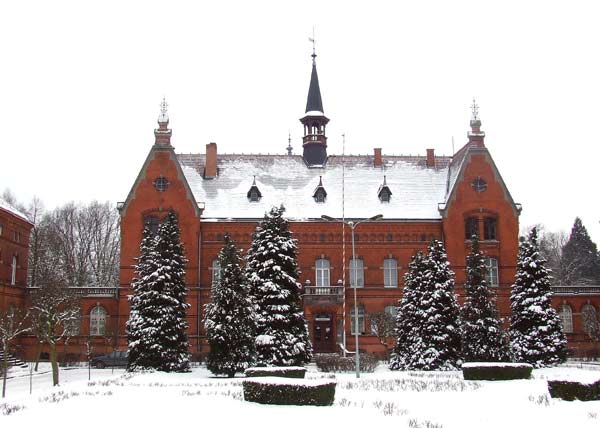 Source:
http://www.kocborowo.pl/foto/galeria_male/020.jpg
Source:
http://www.kocborowo.pl/foto/galeria_male/020.jpg
The web
site of the clinic today, Szpital dla Nerwowo i Psychicznie
Chorych, does
not refer to this part of the
institution's
past.
For commemorative events at the Szpegawski Forest see here
(and here
for further information).
Literature
Benzenhöfer, Udo. 2003. "Genese
und Struktur der
'NS-Kinder- und Jugendlicheneuthanasie.'" Monatsschrift für Kinderheilkunde
151: 1012-1019.
Bilikiewicz, Tadeusz. 1948. "Polityka sanitarna okupanta na Pomorzu." Polski Tygodnik Lekarski 47:
1423-24; 48: 1456; 49: 1485-88; 50: 1512-20; 51:
1550-51 (see pp. 1519-20).
Jaroszewski, Zdzisław, ed. 1989. Pacjenci
i pracownicy szpitali psychiatrycznych w Polsce zamordowani przez
okupanta Hitlerowskiego i los tych szpitali w latach 1939-1945. Vol.
1:
Szpitale. Vol. 2: Imienne
wykazy zamordowanych. Warsaw: n. p.
Karski, Anna-Renata. 2003. "Der polnische Psychiater Tadeusz
Bilikiewicz (1901-1980) als Medizinhistoriker." Medical Dissertation,
University of Leipzig.
Nasierowski, Tadeusz. 2006. "In the Abyss of Death: The
Extermination of the Mentally Ill in Poland During World War
II."
International Journal of Mental Health
35(3):50-61.
Riess, Volker. 1995. Die Anfänge der
Vernichtung "lebensunwerten Lebens" in den Reichsgauen
Danzig-Westpreussen und Wartheland 1939/40. Frankfurt: Lang.
———. 2004. "Zentrale und dezentrale Radikalisierung: Die Tötungen
'unwerten Lebens' in den annektierten west- und nordpolnischen Gebieten
1939-1941." Pp. 127-44 in Genesis
des Genozids: Polen, 1939-1941, edited by K.-M. Mallmann and B.
Musial. Darmstadt: Westliche Buchgesellschaft.
Schenk, Dieter. 2000. Hitlers Mann
in Danzig: Albert Forster und die NS-Verbrechen in Danzig-Westpreussen.
Bonn: J.H.W. Dietz Nachfolger.
Slawinska,
Irena, and Franciszek Scigala. 1989. "Kocborowo." Pp. 8-14 in Pacjenci
i pracownicy szpitali psychiatrycznych w Polsce zamordowani przez
okupanta Hitlerowskiego i los tych szpitali w latach 1939-1945. Vol. 1: Szpitale. edited by
Zdzislaw Jaroszewski. Warsaw: n. p.
———. 1993. "Kocborowo (Conradstein):
Landesanstalt für Psychisch Kranke." Pp. 56-71 in Die Ermordung der Geisteskranken
in Polen, 1939-1945, edited by Zdzislaw Jaroszewski.
Warsaw: Wydawnictwo Naukowe PWN.
Szwentnerowa, Krystyna. 1968. Zbrodnia
na Via Mercatorum. Gdynia: Wydawnictwo morskie.
Tiergartenstrasse 4 Association. "Killing of Mental Patients in
Pomerania." Available at http://www.tiergartenstrasse4.org/Killing_of_Mental_Patients_in_Pomerania,119.html
Topp, Sascha. 2004. “Der
‘Reichsausschuss zur
wissenschaftlichen Erfassung erb- und anlagebedingter schwerer Leiden’:
Zur
Organisation der Ermordung minderjähriger Kranker im
Nationalsozialismus 1939-1945.”
Pp. 17-54 in Kinder in der NS-Psychiatrie,
edited by Thomas Beddies and Kristina Hübener. Berlin-Brandenburg:
Be.bra
Wissenschaft.
———. 2005. "Der 'Reichsausschuß zur
wissenschaftlichen Erfassung erb-
und anlagebedingter schwerer Leiden': Die Ermordung minderjähriger
Kranker im Nationalsozialismus 1939-1945." Master's Thesis in History,
University of Berlin.
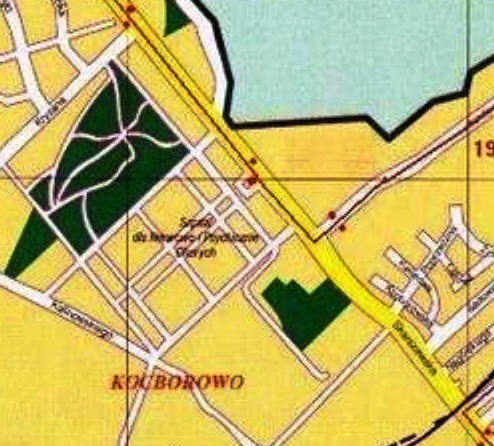
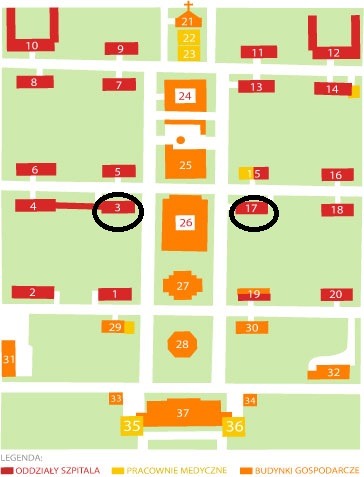
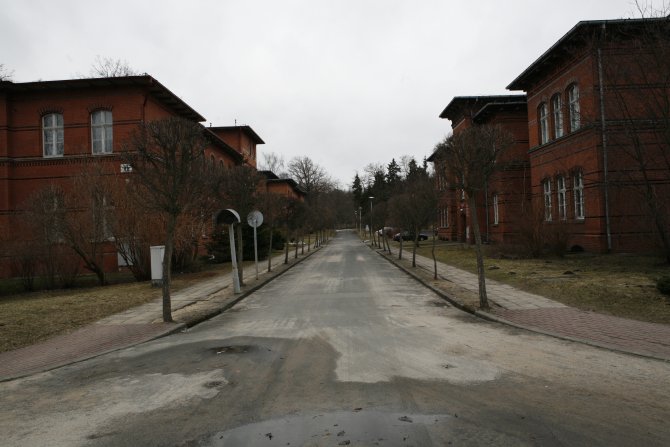
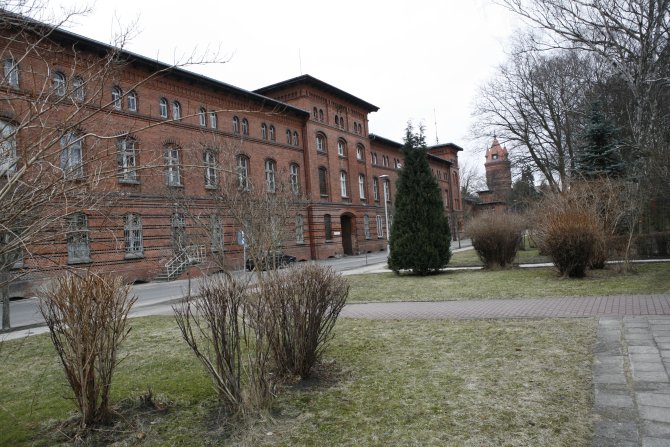





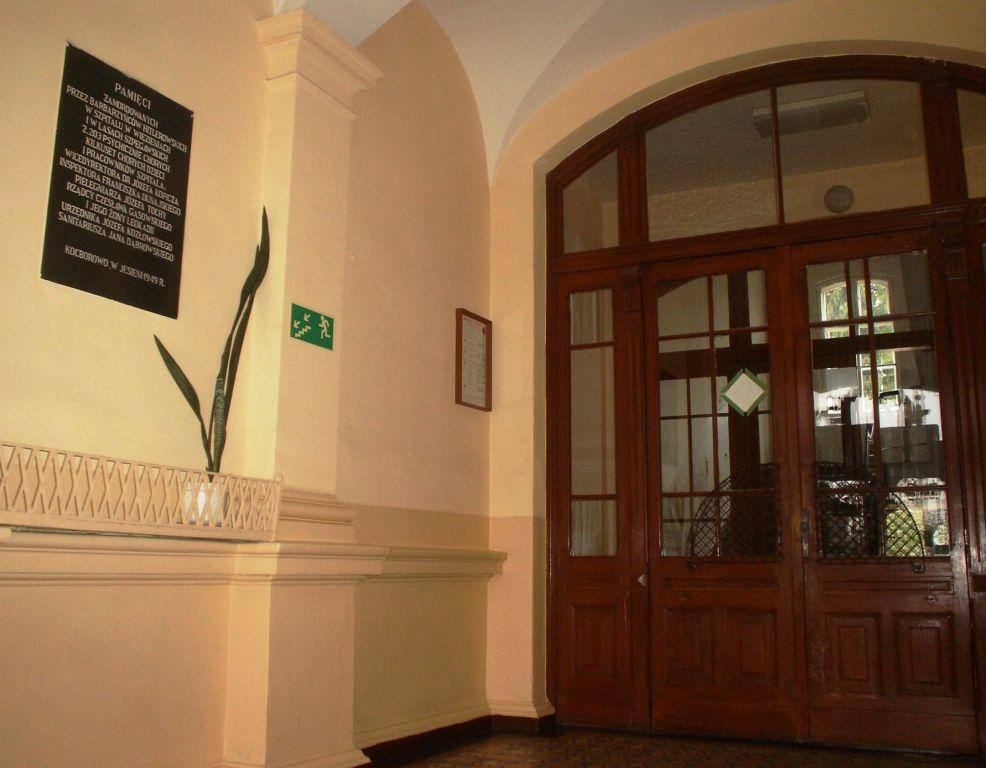
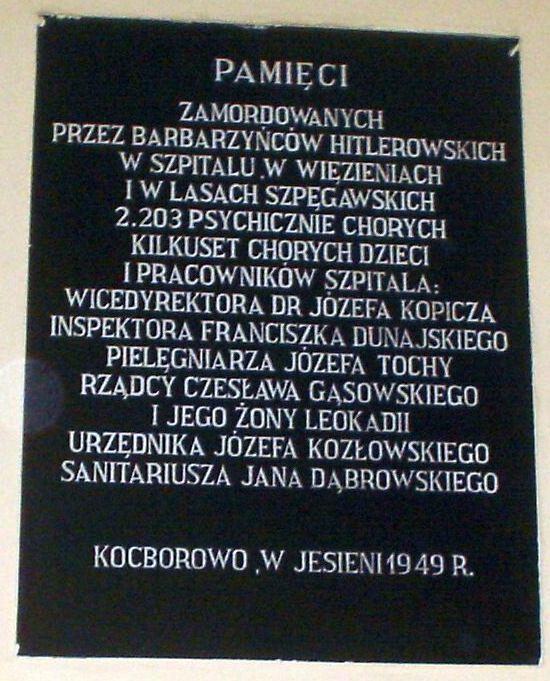
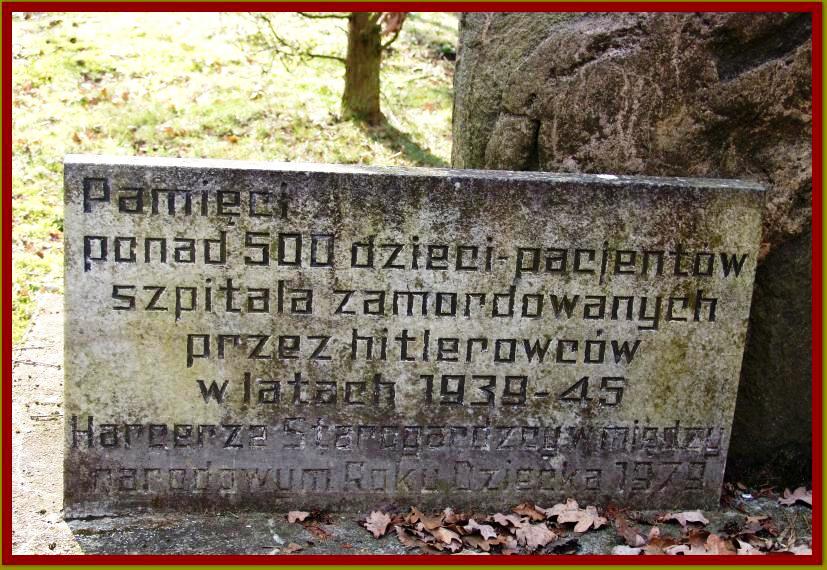
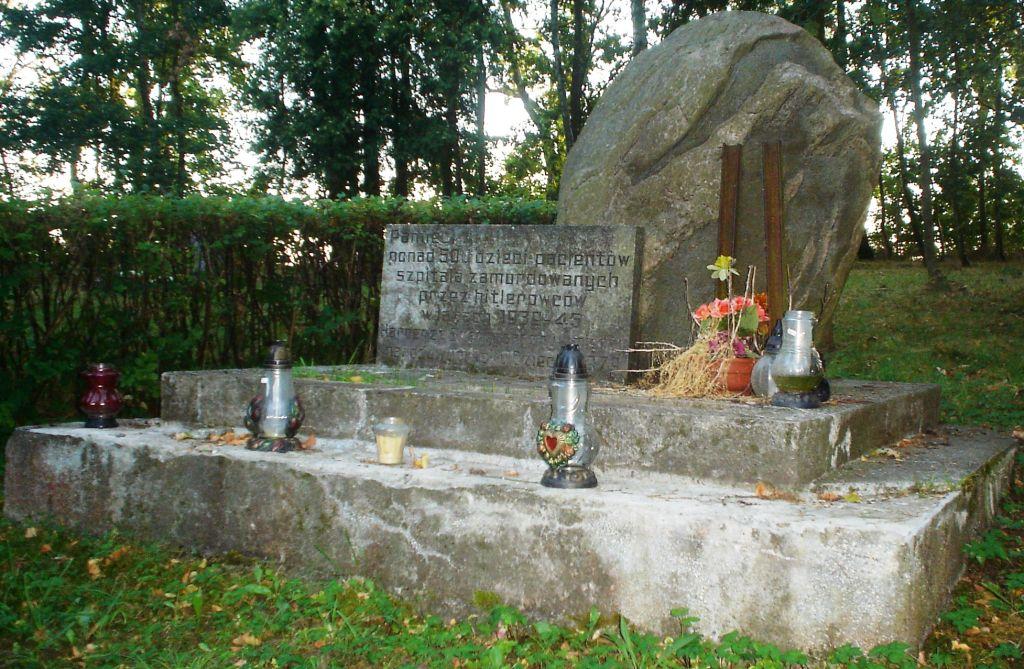
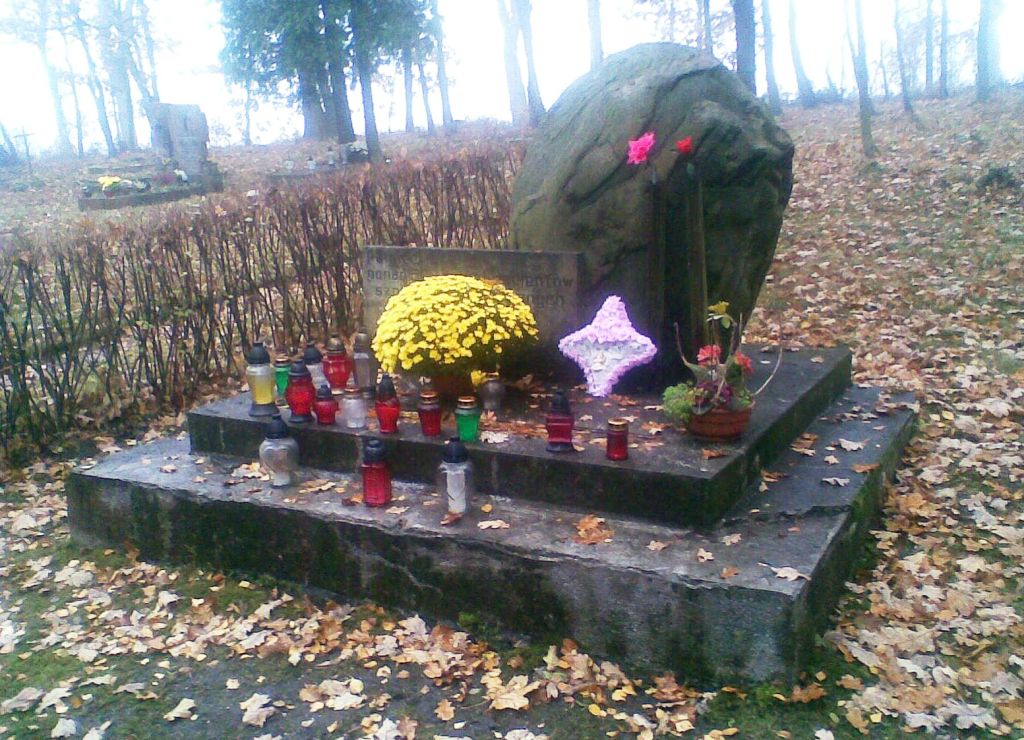
 Source:
http://www.kocborowo.pl/foto/galeria_male/020.jpg
Source:
http://www.kocborowo.pl/foto/galeria_male/020.jpg